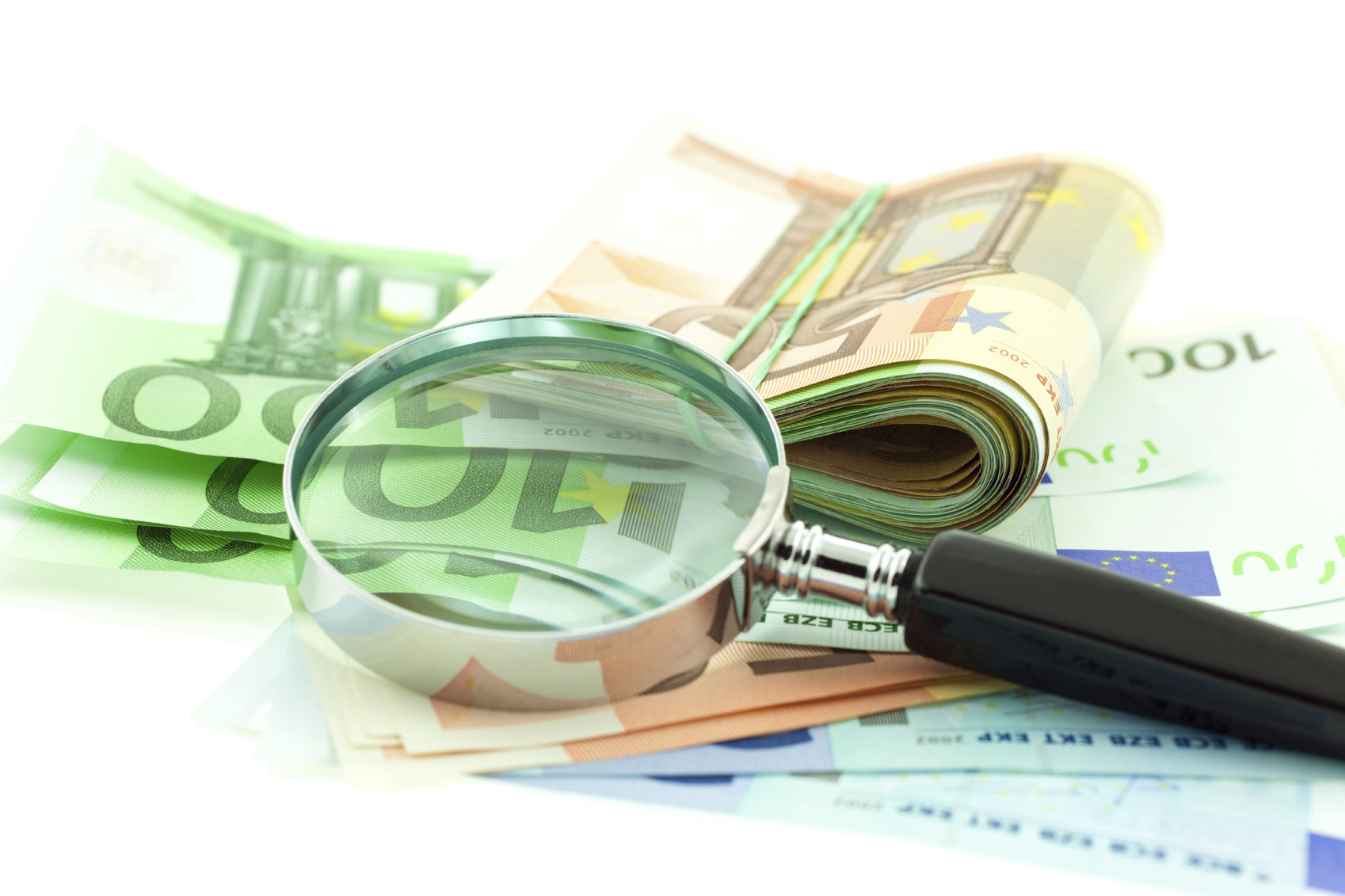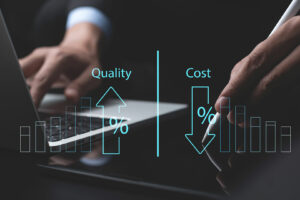
The concept of spend analysis is fundamental to procurement. But what does it mean in practice?
The first fact to acknowledge is that spend analysis is not new. Whether consciously or unconsciously, some version is regularly conducted by all professional buyers – every time you consider your company’s outgoings, you’re engaging in the process.
The five Ws
The five Ws sum up the thinking behind spend analysis:
Who was responsible for the expenditure?
What was purchased?
When was it purchased?
Where was it purchased?
Why was it purchased?
Answers to these five questions provide the basic data required.
When it comes to just how systematic a spend analysis exercise is and the contribution it makes to managing competitiveness, businesses differ. Whereas analysis in some companies amounts to nothing more than ‘back of the envelope’ calculations – having a broad idea of who is spending what – in others it’s taken much more seriously.
Refined spend analysis can see systems in place to source purchasing and financial data from across the organisation, feeding it into business models, scenario planning and forecasts.
Research on the use of spend analysis indicates that larger organisations stand to reap greater benefits than small or medium-sized enterprises (SMEs) and are twice as likely to generate reports on their spend data. However, with the increasing availability and sophistication of software as a service (SaaS), SMEs are now better placed to start taking spend analysis seriously and harnessing its business benefits.
SourceDogg’s e-sourcing platform centralises the data that spend analysis relies on: who has purchased what, as well as where and when each sourcing event took place. With the software’s request approval function, authorisation from an appointed user is required prior to publication – giving a senior member of the purchasing team the opportunity to decide whether the why behind the purchase is valid.
Whether for large corporations or SMEs, the rationale of spend analysis is the same: getting to grips with expenditure and managing it in a way that minimises costs and maximises profitability.
Continue reading about spend analysis and learn about the three basic stages – data collection, data analysis and data leveraging – by downloading our white paper, Effectively Analysing Procurement Spend.






